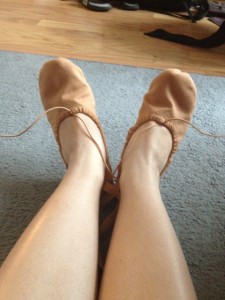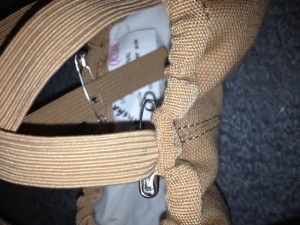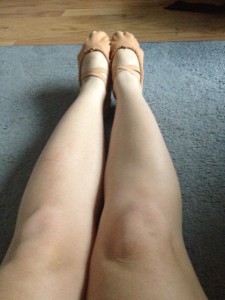Life always likes to get in the way of my monthly challenges. See: College graduations, job interviews, and a back muscle strain/pull. But, here I am again, trying to plan one for June. Unlike the other challenges I’ve planned, this one is just going to include my personal goals for developing my overall fitness.
I’m finding myself desperately wishing I could handle Runner World’s #RWRunStreak, where the goal is to run at least a mile a day between Memorial Day and Fourth of July. No matter how badly I want to do it, I know I shouldn’t attempt it because of how injury-prone I am. So instead, my #RWRunStreak alternative is:
- Have a decent run at least three days a week (by setting a goal of at least 30 minutes a day, instead of a distance goal, so I don’t push myself too hard)
- Complete 3 days worth of Jillian Michael’s 30 Day Shred a week
- Attend at least 2 ballet classes a week (there are 3 offered at my studio)
- Stretch everyday for at least 10 minutes (baby steps, since previous goals have just led me to give up).
- Have a dedicated rest day.
I’ve planned my goals at like this so I can try to get in better general shape and fit in some sort of cross-training in now that I’m gym-less (not that I really ever did much at the gym either). I might try to squeeze in some swimming as well, since I (probably) still have access to the school’s pool.
What are your June goals? Are you attempting #RWRunStreak?






